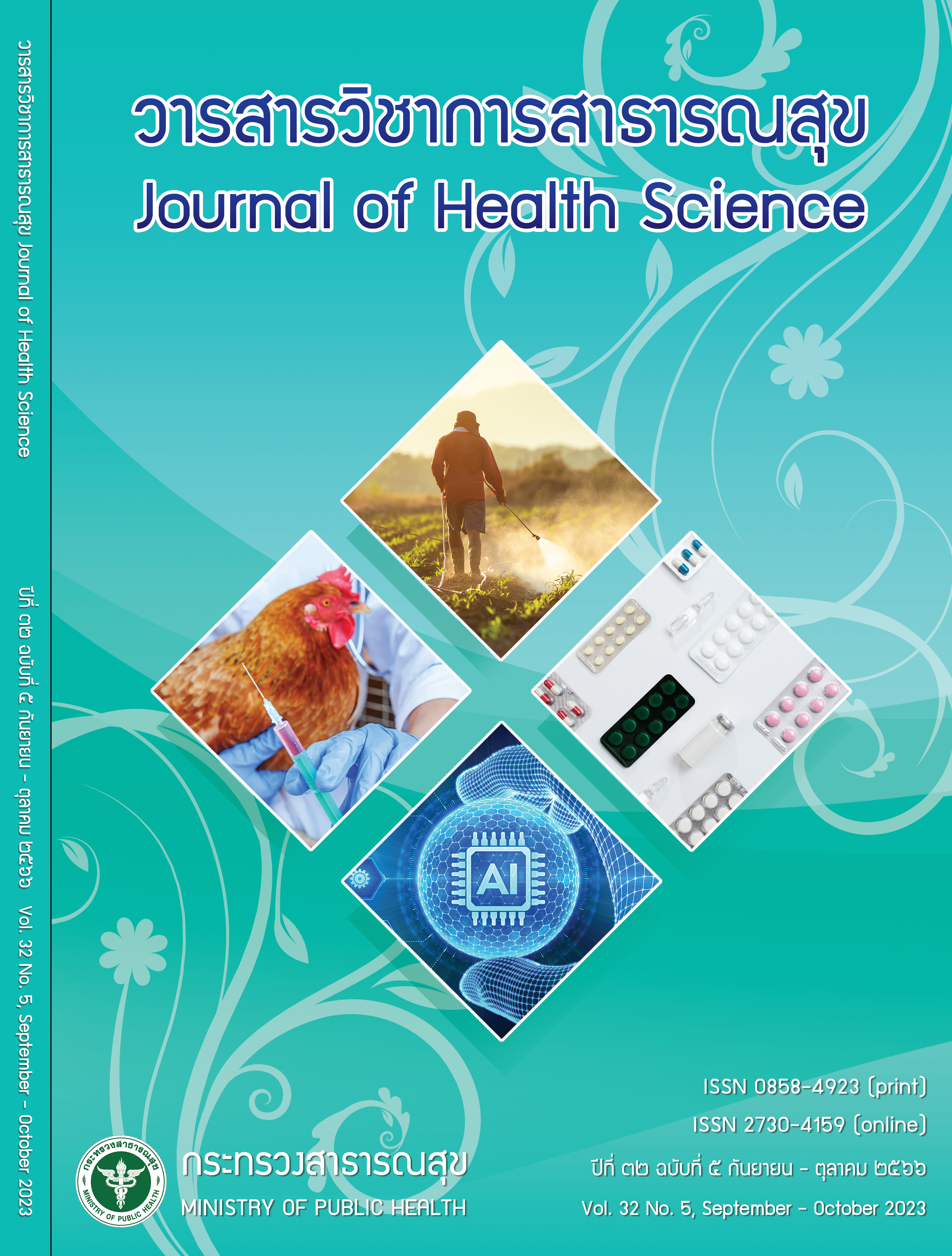Cost Comparison between Pooled Sample Test and Individual Test to Detect Transmission of Covid-19 Virus in Health-Care Workers
Keywords:
COVID-19, screening test, pooled sample testAbstract
The recommended test for diagnosis of COVID-19 is real-time polymerase chain reaction (RTPCR). However, the difficulties of conducting this test in low- and middle-income countries are the prohibitive cost and the limited daily testing capacity. Pooled sample testing is an efficient strategy for increasing the testing capacity while minimizing the reagent cost. The benefit of cost minimization varies depending on the prevalence of COVID-19 in each country and the number of samples in one pool sample testing. The present study aimed to compare the cost of RT-PCR testing for COVID-19 between pooled sample testing and individual testing in healthcare workers. The results of RT-PCR for COVID-19 were collected using the individual test from 1,555 samples. The simulation of pooled testing using 4-sample, 8-sample, 10-sample, and 12-sample pools was serially performed. It was found that: a total of 1,555 samples were tested using individual testing. and forty-seven samples (3.0%) were positive. The positive COVID-19 RT-PCR test prevalence was 0.9% in May, 0.7% in June, and 3.5% in July. The cost comparison showed that pooled sample testing cost was lower than individual testing, Additionally, if the prevalence was 1.0%, the suitable number of samples in one pool sample testing would be 8 samples; and for the prevalence of 3.0%, the suitable number of samples in one pool sample testing would be 4 samples.
Downloads
References
Mahmoud SA, Ibrahim E, Thakre B, Teddy JG, Raheja P, Ganesan S, et al. Evaluation of pooling of samples for testing SARS-CoV- 2 for mass screening of COVID-19. BMC Infect Dis 2021;21(1):360.
Sawicki R, Korona-Glowniak I, Boguszewska A, Stec A, Polz-Dacewicz M. Sample pooling as a strategy for community monitoring for SARS-CoV-2. Sci Rep 2021;11(1):3122.
Brault V, Mallein B, Rupprecht JF. Group testing as a strategy for COVID-19. epidemiological monitoring and community surveillance. PLoS Comput Biol 2021; 17(3):e1008726.
Wacharapluesadee S, Kaewpom T, Ampoot W, Ghai S, Khamhang W, Worachotsueptrakun K, et al. Evaluating the efficiency of specimen pooling for PCR-based detection of COVID-19. J Med Virol 2020;92(10):2193- 9.
Abdalhamid B, Bilder CR, McCutchen EL, Hinrichs SH, Koepsell SA, Iwen PC. Assessment of specimen pooling to conserve SARS CoV‐2 testing resources. Am J Clin Pathol 2020;153:715‐8.
Costa MS, Sato HI, Rocha RP, Carvalho AF, Guimarães NS, Machado EL, et al. Adjusting the Cut-Off and Maximum Pool Size in RT-qPCR Pool Testing for SARSCoV-2. Viruses 2021;13(4):557.
Downloads
Published
How to Cite
Issue
Section
License

This work is licensed under a Creative Commons Attribution-NonCommercial-NoDerivatives 4.0 International License.







